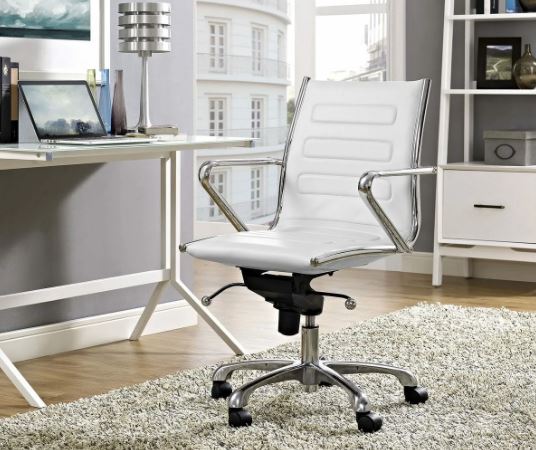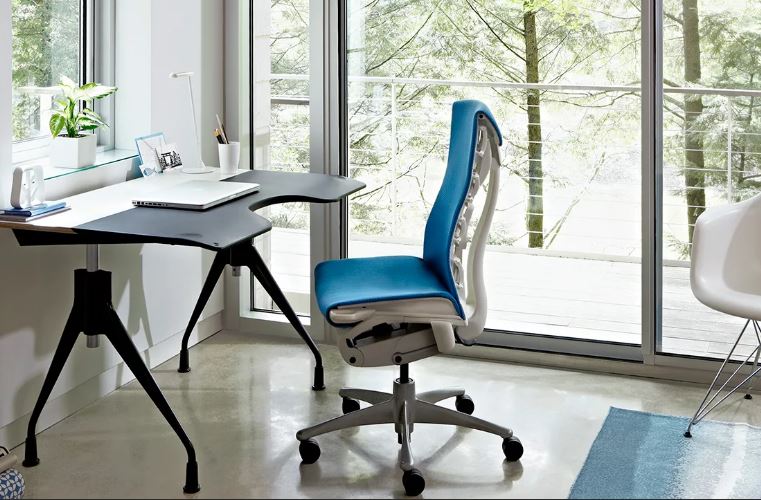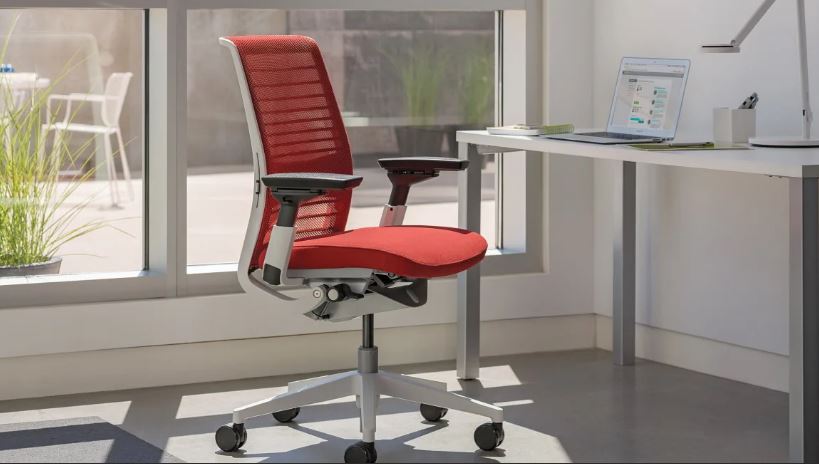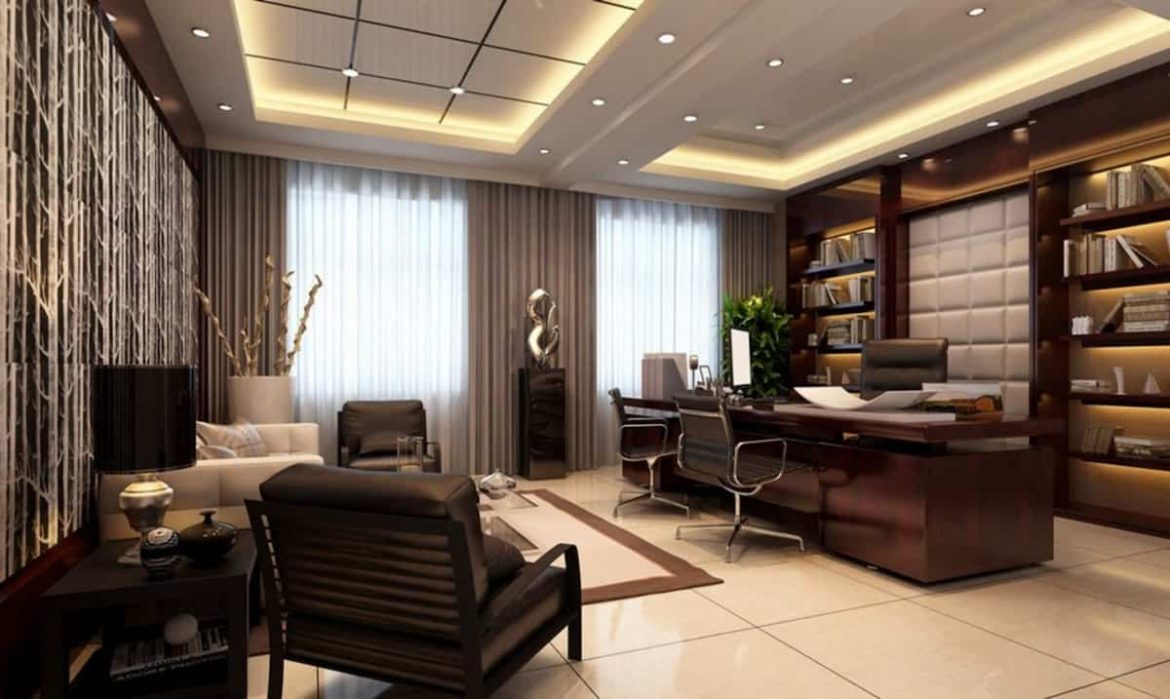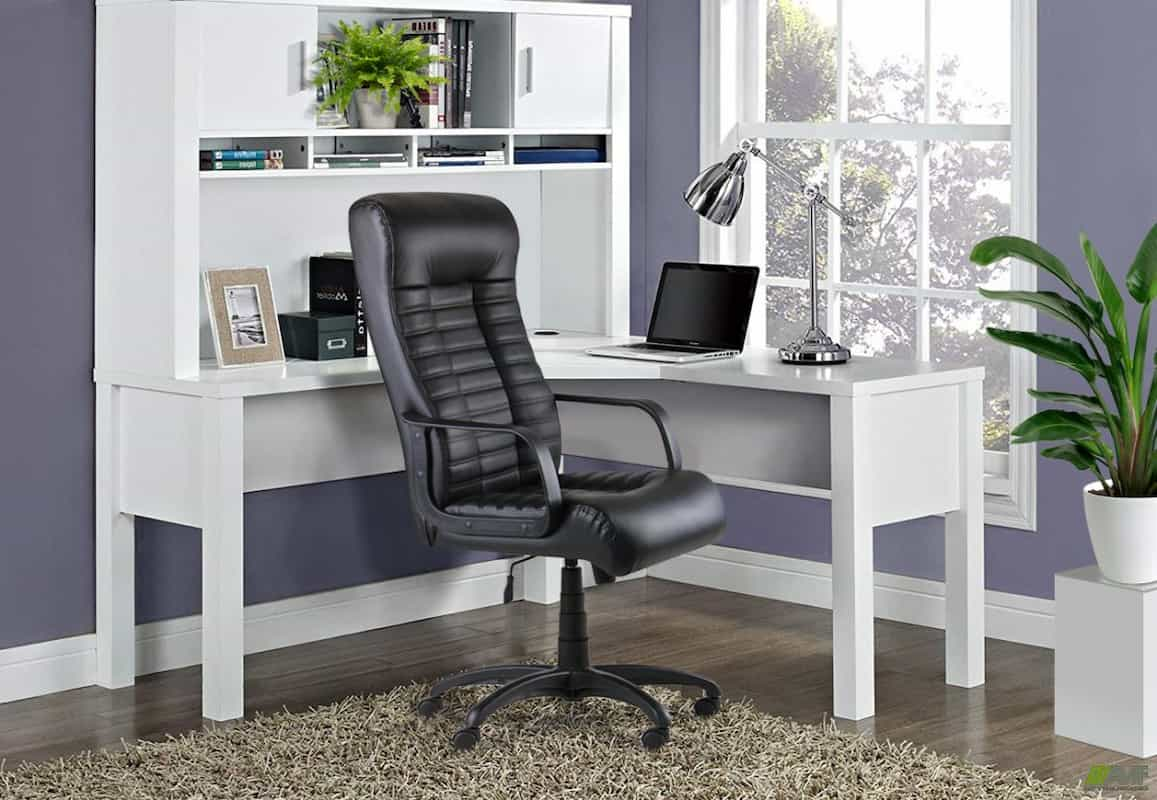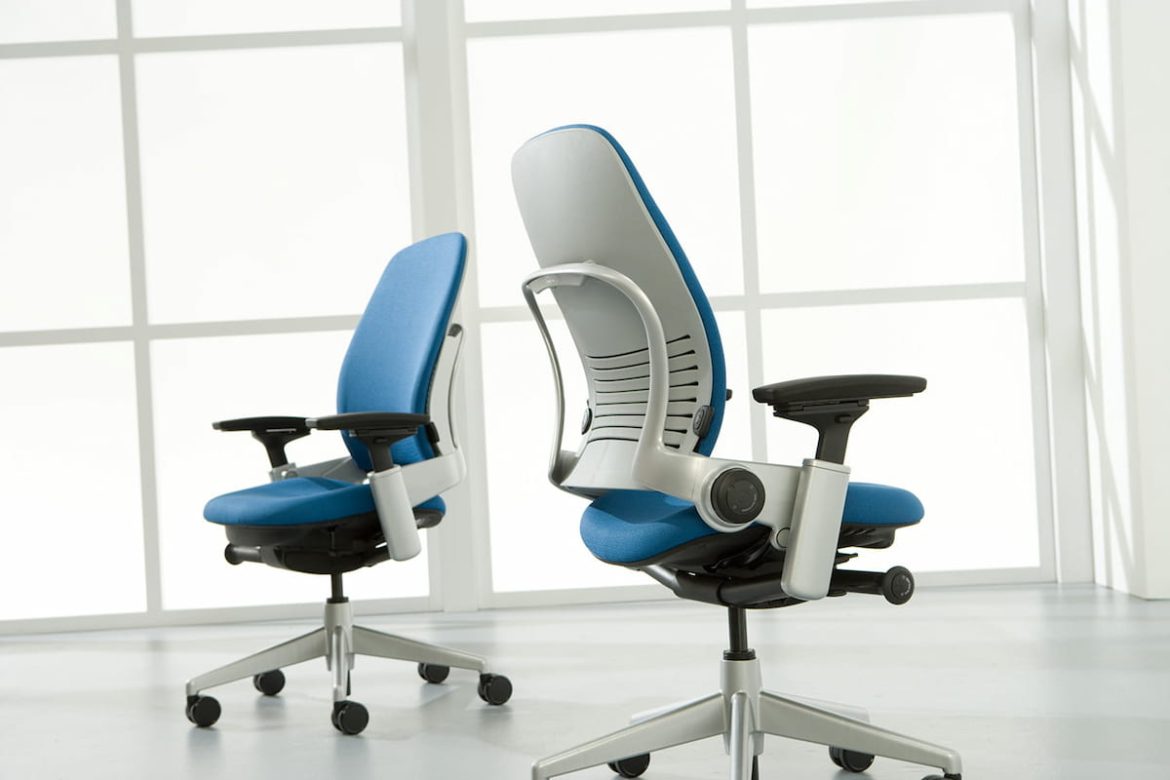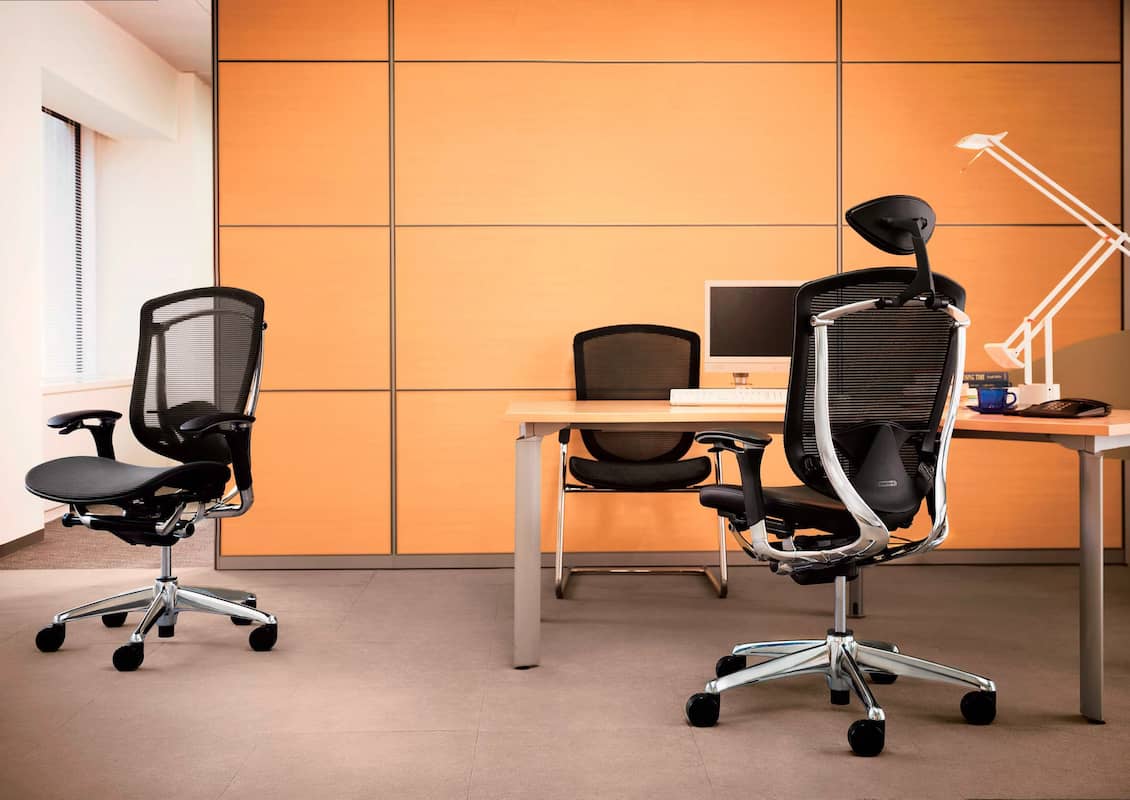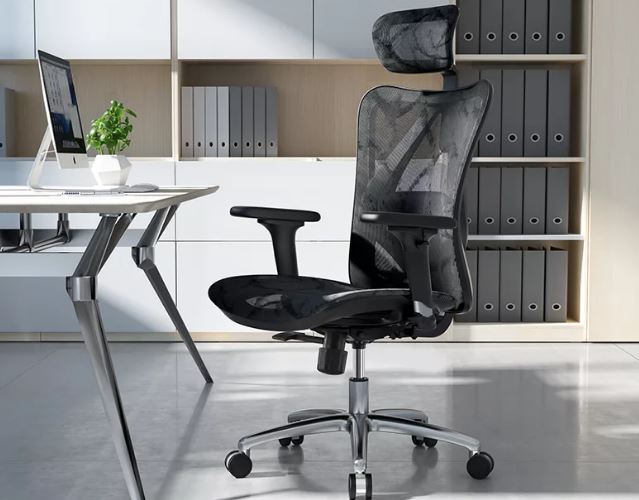If you are interested in Japanese furniture you have to know that there are many websites that offer this product. Shopping from a site online you have to consider many points.
Bamboo, fine woods, silk, rice straw mats, and paper are just few of the natural materials that are used in the construction of traditional Japanese furniture.
It is a masterful example of how contemporary components may be artfully incorporated into traditional Japanese design. The end product is furniture that is uncomplicated, accommodating, and adaptable in its design.
When you walk into a progressive classroom, you could see students reading on yoga mats, utilizing the window as a brainstorming board, or working in a circle on floor cushions, and all of that is wonderful.
The classrooms of the future will be mobile, adaptable, and flexible. In spite of this, there will be.
There will almost certainly always be a demand for student desks. And thank goodness, today’s student workstations are available in a dizzying array of shapes and sizes, with a plethora of options for reconfiguring and adjusting them, resulting in an experience that is richer for both the students and the teachers.
In spite of the fact that teaching and learning for students is the primary focus in the classroom, we have not neglected to account for the resources required.
It is imperative that we place an emphasis on value while selecting the appropriate furniture for your institution. The quality of the furniture has an effect on both the safety of the students (think non-toxic and robust) and the longevity of the product. 
At CDI Spaces, we are extremely dedicated to developing aesthetically pleasing and functional interiors for educational institutions all around the province of Alberta.
Because we are not restricted to a single manufacturer, we are able to collaborate with you to identify the products that will function best in your educational institutions’ classrooms.
Get in touch with us as soon as possible if you would like to talk with a CDI Spaces furniture consultant about the goals and potential outcomes of your project.
japanese school furniture on site
Furnishings of Japanese Origin
The creation of high-quality furniture is one of Japan’s many strengths. Because it is minimalistic yet practical, the Japanese style is frequently imitated by businesses and designers from throughout the world.
In this article, we take a look at the names that have played important roles in the development of Japanese design, from the more traditional styles to the more modern ones.
The following are some of the contributions to the world of furniture that Japanese furniture designers made in the 20th century.
- 1. George Katsutoshi Nakashima (1905 – 1990)
This Japanese carpenter, architect, and furniture manufacturer was born in the United States, and he became one of the most influential pioneers in furniture design during the 20th century.
In addition to this, he is regarded as the founding father of the American crafts movement.
Enormous tables constructed out of large hardwood panels, with smooth panels but unfinished natural edges, and consisting of numerous panels connected by butterfly joints were Nakashima’s signature works. These tables were made up of several panels.
- 2. Kappei (Katsuhei) Toyoguchi (1905 – 1991)
Kappei is recognized as a forerunner in the field of contemporary Japanese design. The majority of his work, which involved the design of furniture, is now incorporated into the Japanese Industrial Standards (JIS).
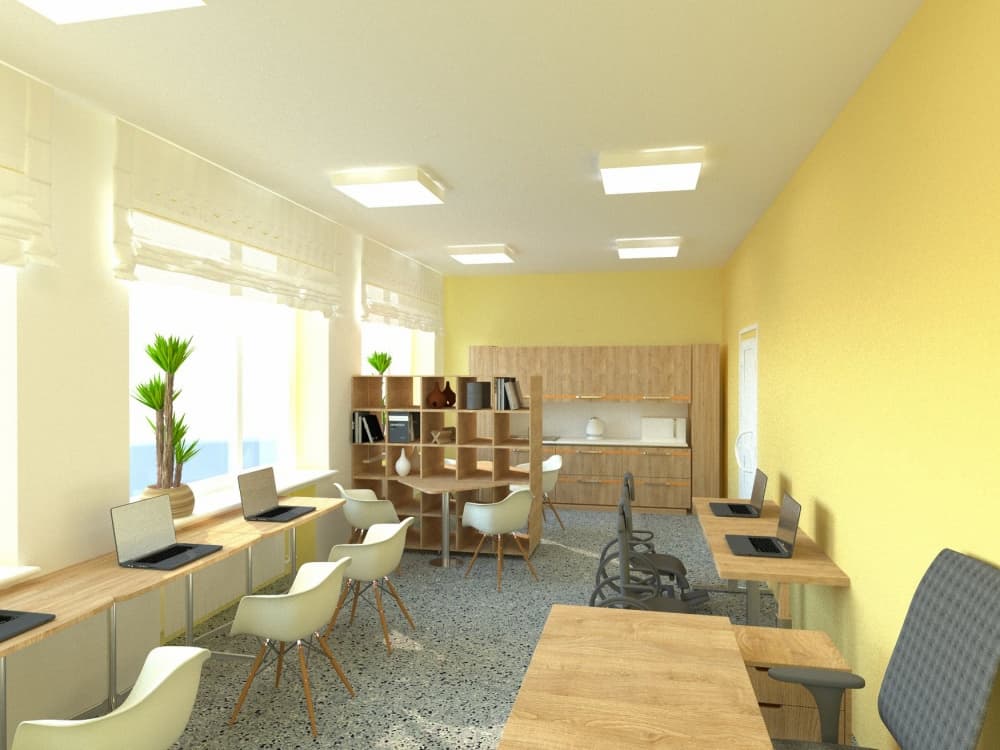
- 3. Watanabe Riki (1911 – 2013)
He was an integral part of the design process for the interiors of a number of illustrious structures, including the Prince Hotel, the Keio Plaza Hotel (now known as Capital Tokyo), and the Tokyo Hilton.
Riki immediately put his skills as a furniture maker to use immediately after the end of the Second World War by designing beautiful furniture out of materials that were not prohibitively expensive.
- 4. Isamu Kenmochi (1912 – 1971)
Isamu Kenmochi was an important figure in the development of the design industry in Japan. As part of his mission to design what he referred to as modern Japanese furniture, he became influenced by Western culture. His “stacking stool” had a production run that exceeded one million copies by the year 1990.
The stool is an excellent example of the Kenmochi style since it exemplifies beauty, simplicity, and practicality all at the same time.
The bamboo basket chair was designed by Isamu Noguchi in the summer of 1950 as a consequence of a brief cooperation between the two of them. However, the chair was never produced in the first place. The original prototype was misplaced, but it was eventually rebuilt using images as a guide.
- 5. Karimoku
The largest manufacturer of wooden furniture in Japan may be found in the Karimoku brand. They are based in Japan, and in addition, they have collaborated with a well-known architectural firm from Denmark known as Norm Architects to build four pieces of wooden furniture for a refurbishment project in Tokyo.
In addition, this brand is the standard bearer for modern furniture design in Japan at the present time.
During the time period under consideration, it is anticipated that the market for furniture in Japan will expand at a rapid pace. Some of the primary drivers boosting the demand for furniture goods in the country are increased disposable income, increasing family and commercial spaces, and rising urbanization.
In the year 2019, the Japanese furniture business had developed from a modest market of approximately 50 billion yen to one that was nearly 3.5 trillion yen. The consumption of high-end and luxury furniture is an important aspect of the Japanese furniture market due to the appeal of these types of items.
The nation is currently experiencing an increase in construction activity, which has resulted in the growth of residential real estate and a notable rise in the total number of households in the nation.

The demand for furniture products such as bedroom and living room furniture is increasing as a result of this factor. The nation is also observing an increase in demand for office furniture goods due to the rising consumption of office spaces, which is driving the market demand.
This is one of the factors contributing to the demand in the market. Japan is also witnessing an increasing demand for elegant and durable high-end solid wood furniture while starting up a new family, which further enhances the market growth.
Over the course of the past several years, the proportion of Japan’s furniture market which is comprised of imported goods has dramatically increased.
The highest share of imported furniture is comprised of wooden furniture, followed by furniture accessories, metal furniture, plastic furniture, and so on. Other types of imported furniture include furniture accessories. China has become Japan’s top furniture importer as a result of its low labor costs.
China is responsible for over forty percent of the entire amount of Japanese wooden furniture imports.
Countries such as Thailand, Vietnam, Malaysia, the Philippines, Indonesia, Germany, and Italy are among the many others that supply Japan with furniture products that they import.
Nowadays Japanese school furniture is well known throughout the world but doesn’t follow the traditional low design it is common for Japanese furniture.
When thinking about how to improve students’ chances of being successful in school, furniture might not be the first item that comes to mind. However, perhaps it ought to be.
The author of an article titled “Most painful days of your life” describes a study that shows that unsuitable classroom furniture can create a lifetime of chronic pain, in addition to having a detrimental influence on learning. This information is presented in the context of the article.
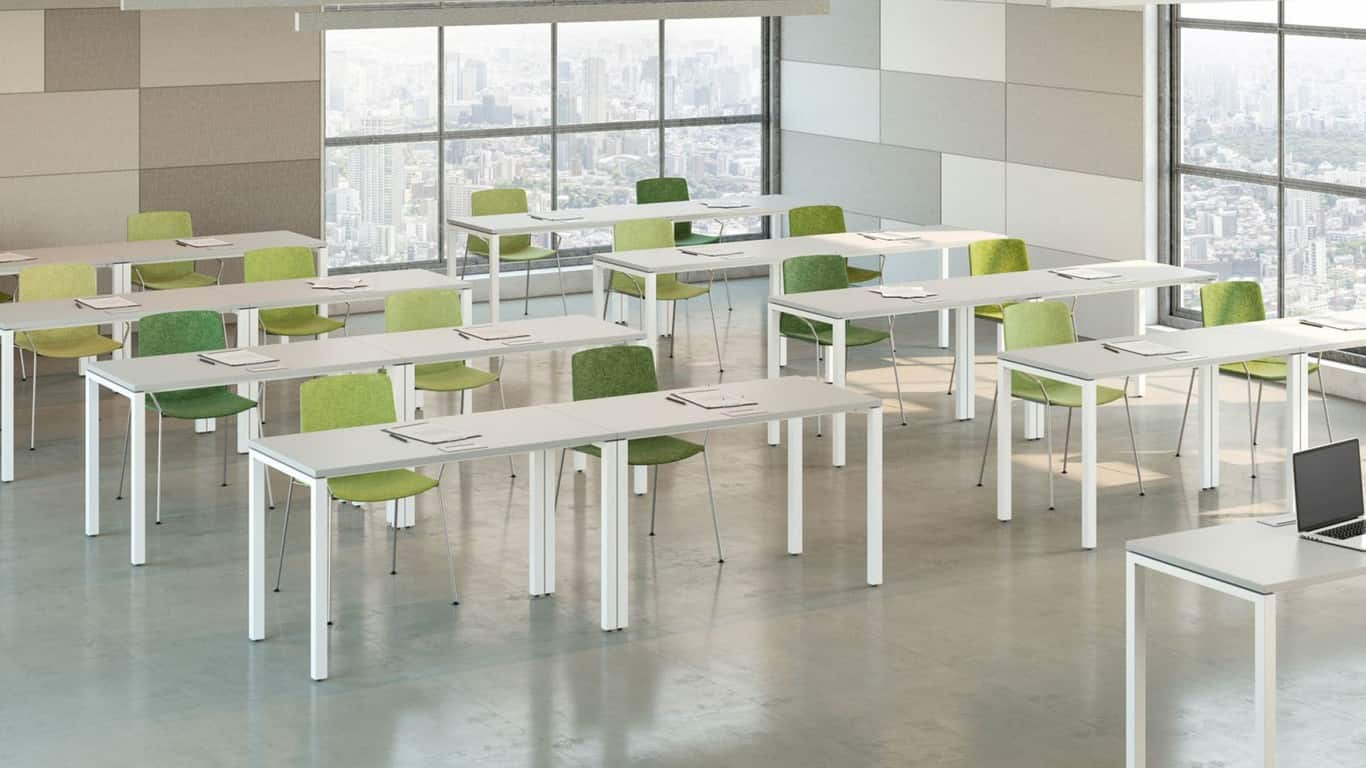
The value of classroom furniture extends much beyond the scope of a child’s merely physical growth.
In the classroom, teachers frequently observe how having the appropriate (or inappropriate) furniture can influence students’ ability to concentrate, manage their time effectively, work together, and be engaged.
Keeping this in mind, have a look at the following recommendations to guarantee that your classroom is furnished with the most effective and appropriate options for seating:
It is the Chair
Teachers receive an education that prepares them to educate pupils of varied capabilities using a variety of teaching strategies to convey the same meaning.
Although teachers are aware that each student has their own specific mental requirements, they frequently overlook the reality that everyone also has their own specific physical requirements.
We can’t make the sweeping assumption that a single model of chair would satisfactorily meet the requirements of each and every student.
Instead, having a number of different seating arrangements available in the classroom will be beneficial. As a consequence of this, many different varieties of specialized classroom seating, in addition to the conventional school chair, are made available for purchase from various providers.
Every kid in the classroom has the opportunity to choose from a variety of seating options, including rocking seats, sturdy bouncy chairs, beanbag chairs, and floor cushions.
